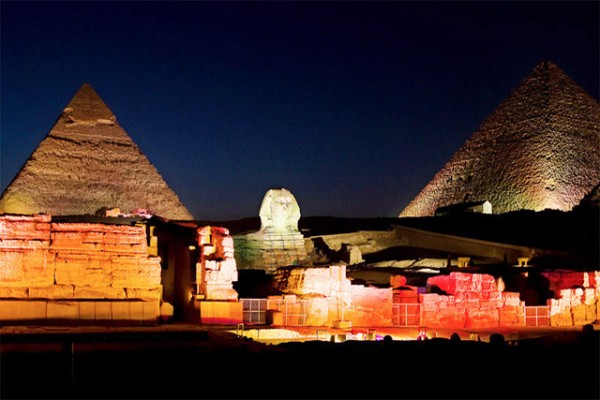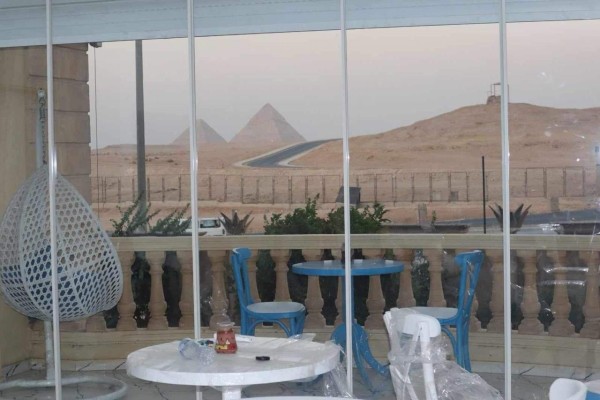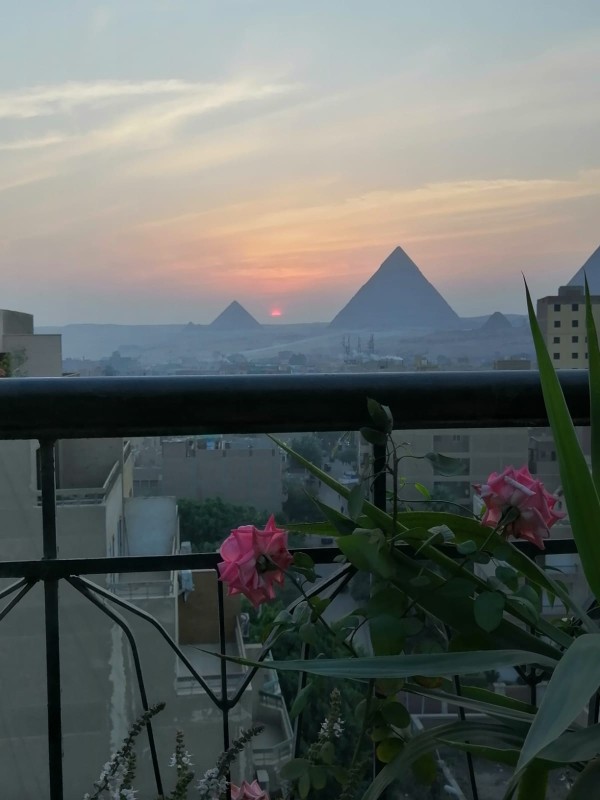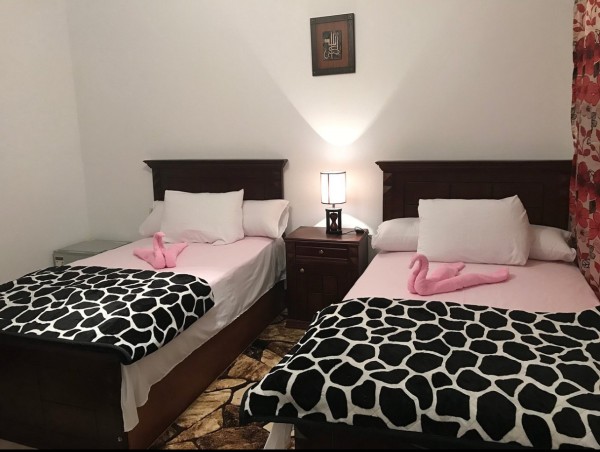Giza
Giza is the second-largest city in Egypt after Cairo and fourth-largest city in Africa after Kinshasa, Lagos and Cairo. It is the capital of Giza Governorate with a total population of 9.2 million as of 2021. It is located on the west bank of the Nile, 4.9 km (3 mi) southwest of central Cairo, and is a part of the Greater Cairo metropolis. Giza lies less than 30 km (18.64 mi) north of Memphis (Men-nefer), which was the capital city of the first unified Egyptian state from the days of the first pharaoh, Narmer.
Giza is most famous as the location of the Giza Plateau, the site of some of the most impressive ancient monuments in the world, including a complex of ancient Egyptian royal mortuary and sacred structures, including the Great Sphinx, the Great Pyramid of Giza, and a number of other large pyramids and temples. Giza has always been a focal point in Egypt's history due to its location close to Memphis, the ancient pharaonic capital of the Old Kingdom. Its St. George Cathedral is the episcopal see of the Coptic Catholic Eparchy of Giza.
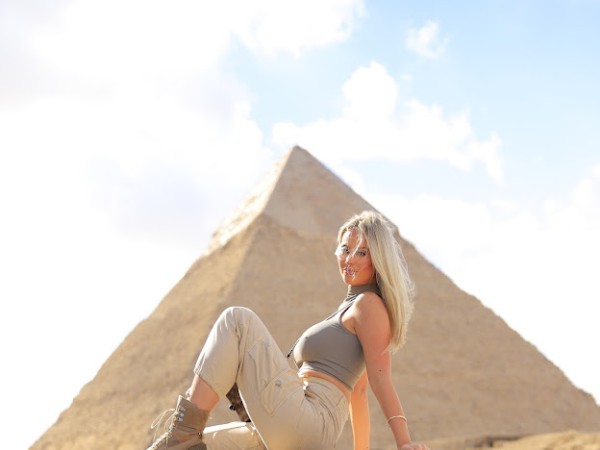
The City Maps
Trip Ideas
FEATURED ARTICLE
Giza Pyramids Memphis City And Sakkara Pyramid
Giza Pyramids where you Visit the Great Pyramids Of Giza - Cheops, Chephren & Mykerinos then Visit the Valley Temple The Place where the Priests Mummified the dead body of king Chephren owner of the second pyramid at Giza Platue Also it's the same place where you Can have a close-up look at the Sphinx - The legendary guardian that stands by the huge funeral complex with its lion body and the head of king Chephren. Then continue your day tour to Sakkara, located only 27 km southwest away from Cairo. Visit the Step Pyramid (Built for king Zoser), it is considered an important part of the process of the pyramid evolution, which were made from the simple mastaba to its widely known form. Then continue your day tour to Memphis City that was the ancient capital of Egypt, where the colossal statue of Ramses II and the great Alabaster Sphinx are. This City Dates back to 3100 B.C.

